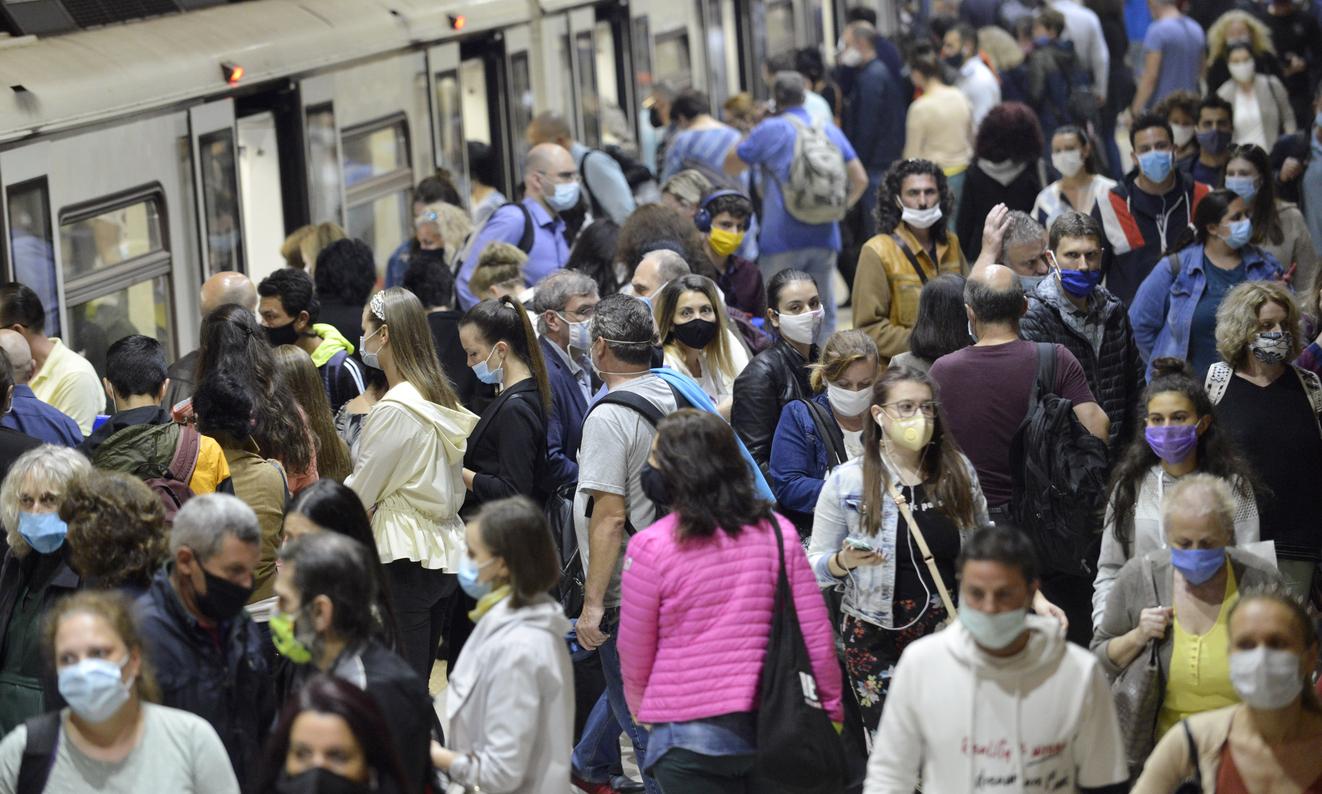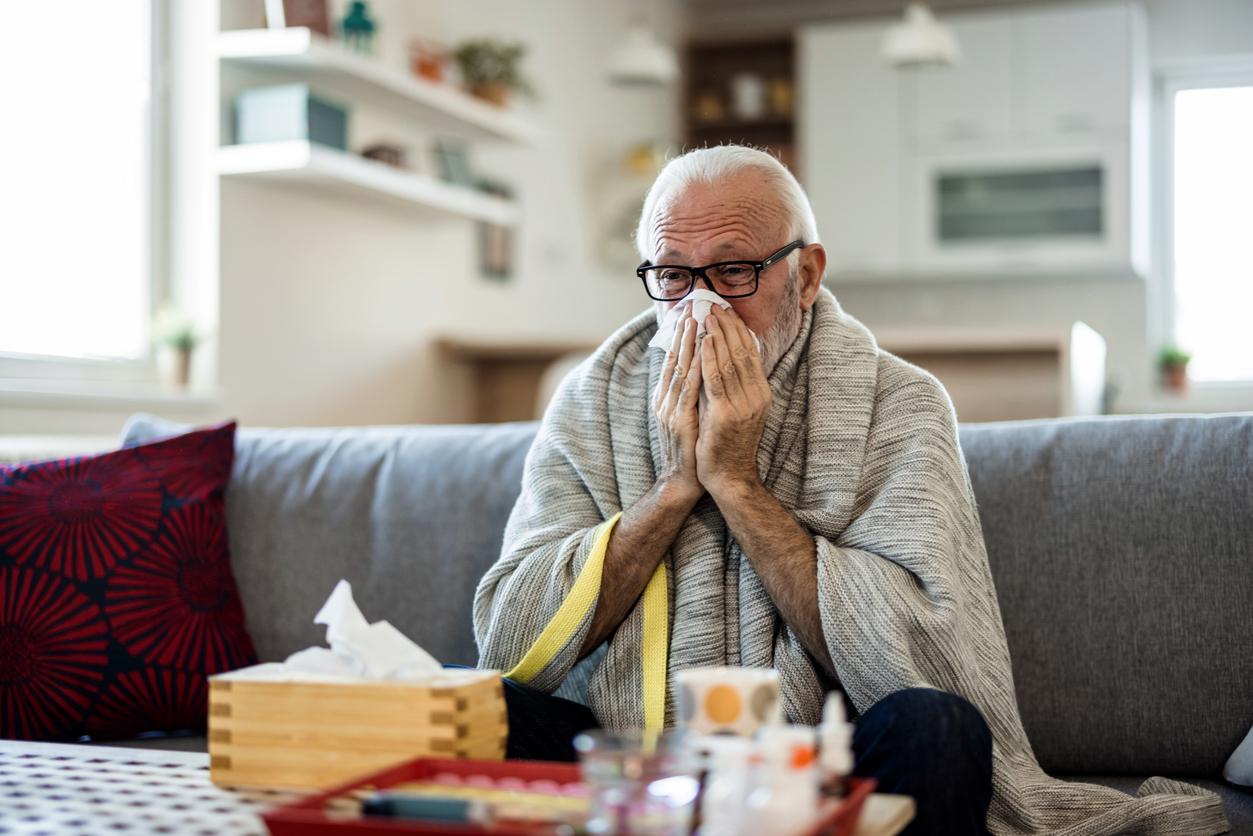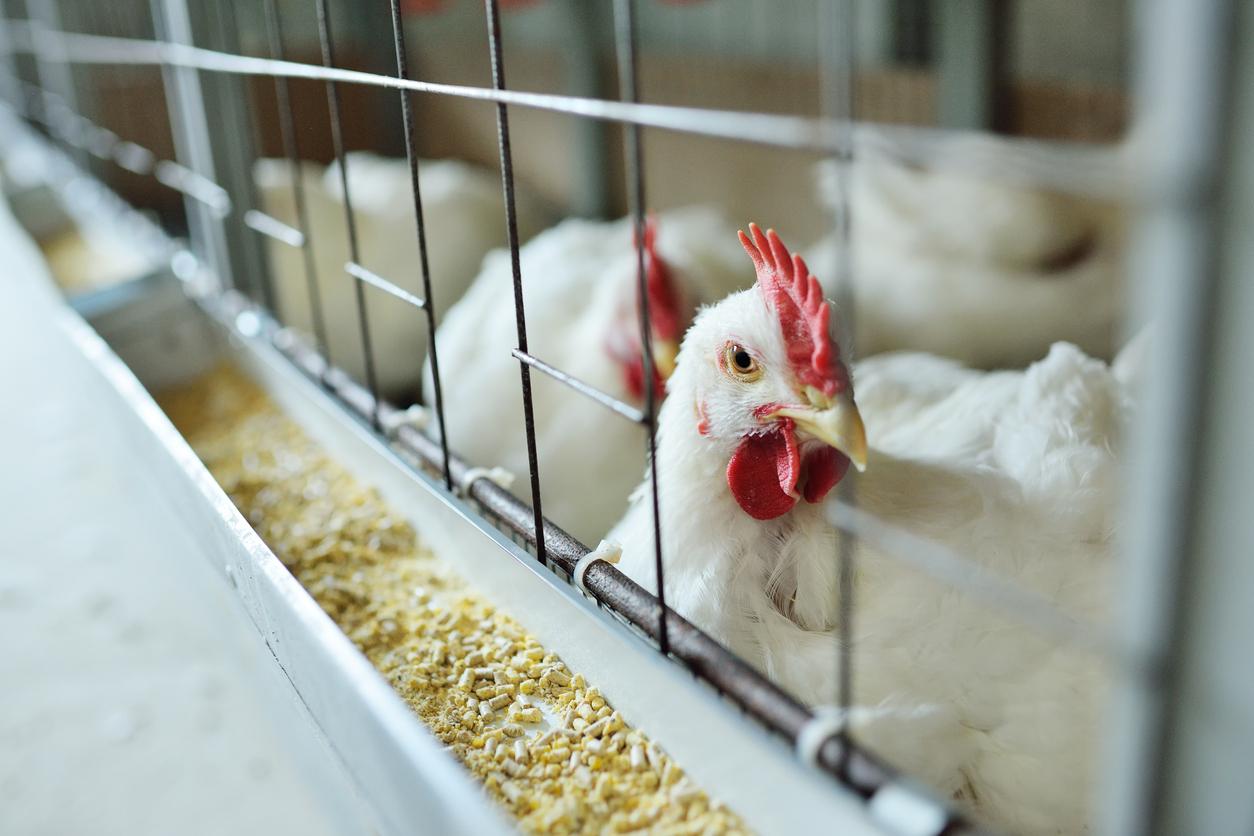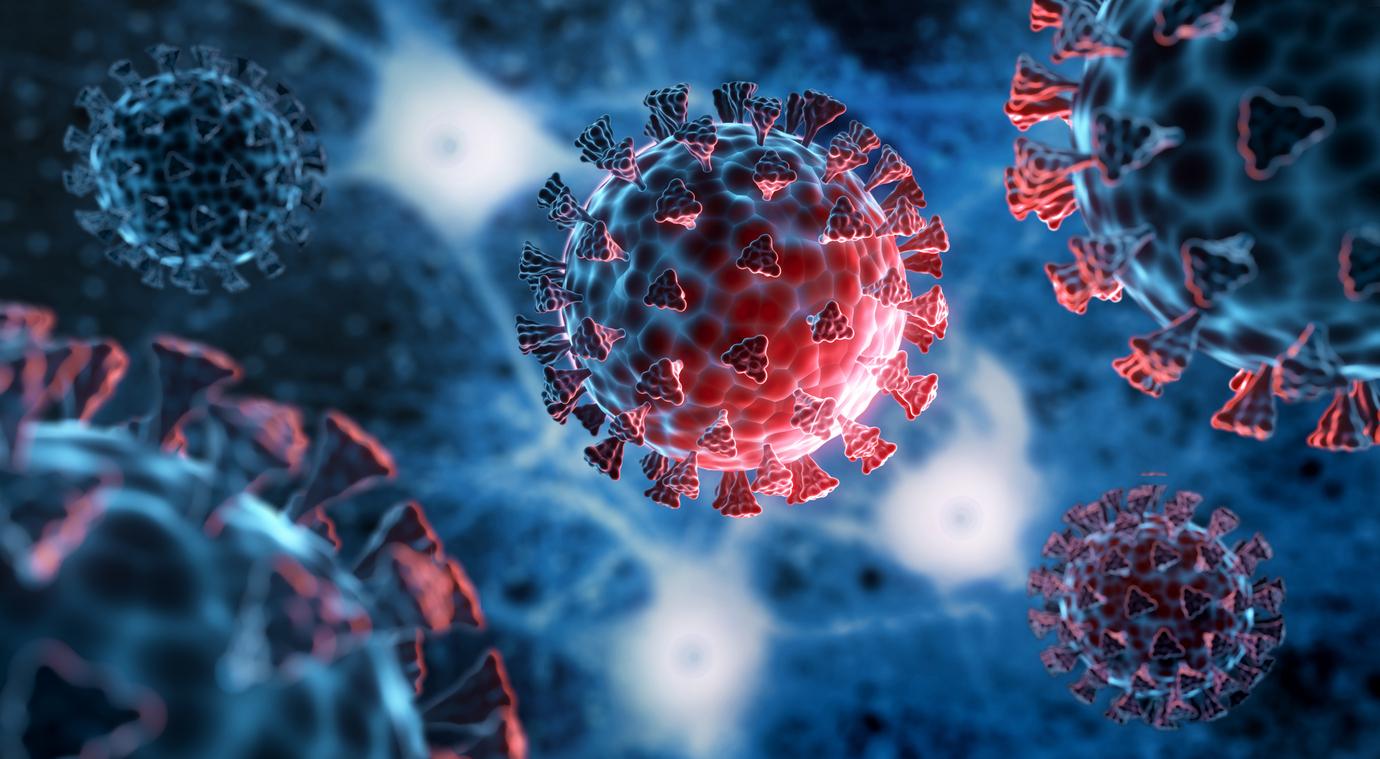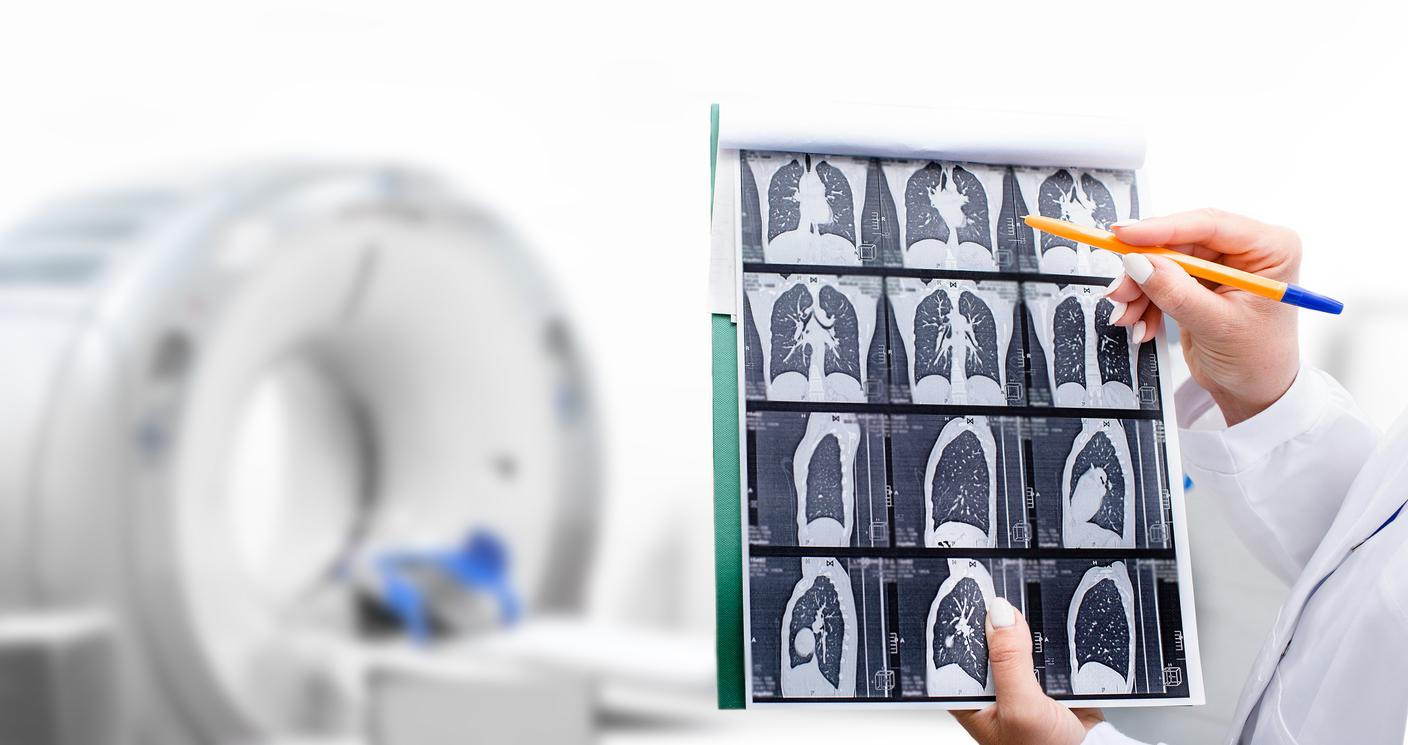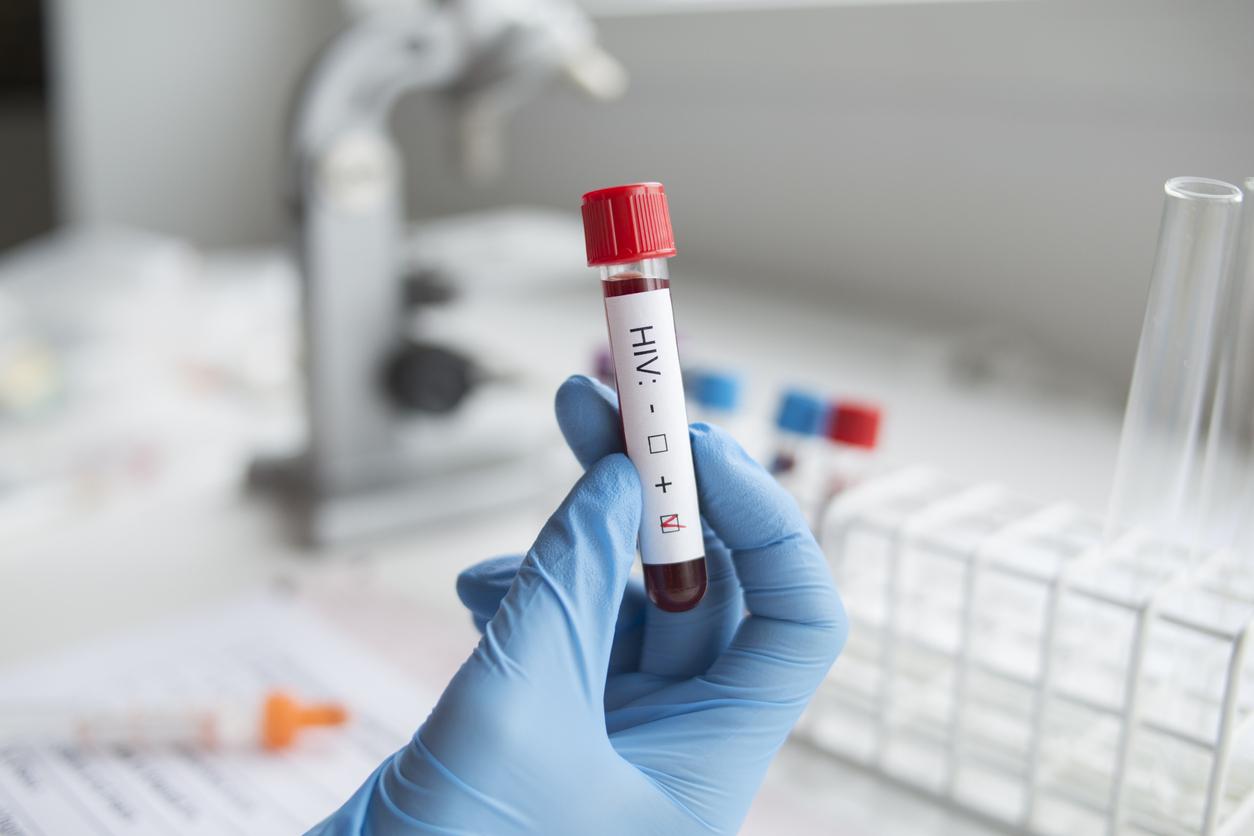According to a recent Chinese study, the coronavirus could be transmitted through air conditioning. However, these data should be taken with a grain of salt, warn various French experts.
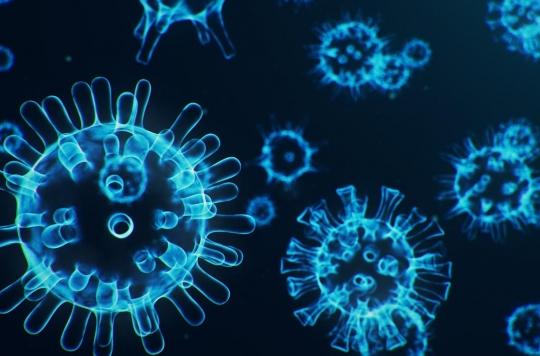
- Chinese study claims that air conditioning could be a factor in the spread of SARS-CoV-2
- French scientists believe that this does not demonstrate that Covid-19 can be caught because of air conditioning
As deconfinement is scheduled for May 11 and summer is coming, the question arises of the spread of the coronavirus thanks to air conditioning systems. According to a preliminary publication published in the newsletter Emerging Infectious Diseases, an outbreak could occur through the air due to air conditioning. If these results are very worrying, they are however to be taken lightly, assure some experts.
To reach this conclusion, the Chinese researchers were interested in a festive meal in a restaurant in Canton (China), which took place on January 24. That day, a 63-year-old woman from Wuhan, the cradle of the Covid-19 epidemic, participated in the event. A few days later, she tested positive for the virus. After which, nine other customers of the establishment developed the disease in turn. For at least two other people who were not at her table, this lady was the only known source of contamination.
Also, she would have infected people in front and behind her, but not the servers, who nevertheless touched her plate and cutlery. Conclusion: the contamination comes from the restaurant’s air system, note the researchers. This would promote, through the flow of air, the transmission of contaminated aerosols to the other tables, say the researchers. Aerosols are droplets small enough to stay suspended in the air and move freely.
Air transmission remains a fuzzy subject
However, this study has some limitations. For example, the researchers did not carry out experiments simulating the airborne transmission route or serological studies on asymptomatic members of the Wuhan family or other guests to estimate the risk of direct infection.
In France, several specialists have therefore expressed reservations about these results. “We see that there is less than a meter between the patient at table A and the customers at table B, but the droplets go up to 1.50 m”. Regarding the contaminated customers of table C, “it doesn’t stick” , explains Jean-Christophe Lucet, head of the hygiene and nosocomial infection control unit at Bichat hospital in Paris, to Franceinfo. Indeed, the air conditioning which is above this table blows in the opposite direction of the contamination assumed by the authors of the study, details the specialist. .
On April 6, Finnish researchers showed that a coughing person spreads particles in the form of an aerosol. The study showed their dispersion and explained that at present, it is not yet known whether in this form they are sufficient to transmit the coronavirus. Thus, while there is little evidence on how the virus could spread through the air, the researchers concluded by recalling the importance of physical distancing and wearing a mask to protect others from respiratory droplets. .
Insufficient viral loads?
Thus, “the Studies to date suggest that the virus responsible for Covid-19 is primarily transmissible through contact with respiratory droplets, rather than through the air.”notes the World Health Organization (WHO) on its website.
“For the moment, the only thing scientifically proven by experimental evidence is that there is an aerosol effect in the room of a sick patient”explains Daniel Camus, infectious disease specialist at the Institut Pasteur de Lille with West France. “It has not been shown that the aeration, ventilation or air conditioning systems presented a particular danger. The viral loads are probably insufficient”, he develops.
What’s more, well-used ventilation helps dilute virus-laden aerosols that are then extracted from the room. “An increase in ventilation rates is also recommended to control airborne diseases, provided that these systems are used appropriately: without recirculating air and directing flows from clean areas to potentially contaminated areas”. so reminds Le Figaro.
Beware of vacuum cleaners
If in the 1960s it had been shown that legionellosis (a serious respiratory infection caused by inhaling an aerosol of water contaminated with Legionella bacteria) could be transmitted in air conditioning systems, this was happening because “at the time, air was circulated in contact with water to humidify, explains Jean-Christophe Lucet to Franceinfo. Since then, the traffic systems have been different,” he assures.
Despite everything, this information will be taken into account when restaurants, shops and businesses reopen. If in doubt, deconfinement or not, you will have to continue to try to maintain barrier measures as much as possible (social distancing, coughing and sneezing into your elbow, using a single-use handkerchief) and favoring open spaces over air-conditioned ones.
Finally, if you have air conditioning at home, remember to clean the VCM holes and maintain the filters. Above all, beware of blowing devices such as vacuum cleaners, warns Daniel Camus. “They can generate an aerosol. A vacuum cleaner passed in the apartment of a contaminated person can resuspend the particles”alerts the infectiologist to West France.

.








